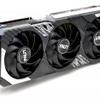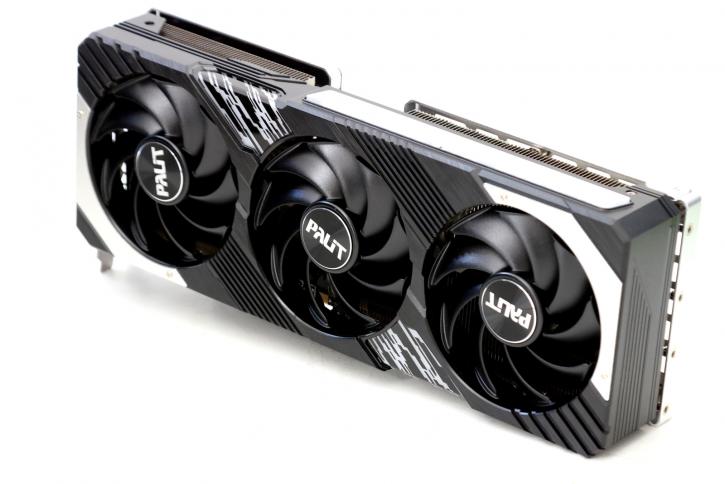Introduction
Palit GeForce RTX 4080 GamingPRO OC review
The Palit GeForce RTX 4080 GamingPRO OC is a formidable graphics card from the ADA Lovelace generation. It has been enhanced with a greater TGP (Total Graphics Power), 16 GB of graphics memory, and a luxurious triple fan cooling system. Palit offers an OC edition graphics card that is clocked at a higher frequency, catering to enthusiasts who demand the best performance. Despite its high power distribution, the card runs surprisingly quietly and is well-tuned for optimal performance. Additionally, it boasts 16 GB of the most powerful GDDR6X RAM available on the market. This new graphics card offers exceptional performance in all areas, including extended raytracing features and DLSS 3.0, thanks to its upgraded Tensor cores.
While we all had a reasonably dull year in terms of technology, 2022 is loaded with new releases. Among them were NVIDIA's ADA GPU architecture graphics cards for the consumer market. The company has unveiled its new GPU design for next-generation gaming PCs. In the short term, two or three variants of GPUs are expected in the first launch wave, each one will outperform the Ampere 3000 series somehow. NVIDIA's RTX 4000 GPUs will provide impressive performance, but next-gen graphics cards may have to contend with alternatives like AMD's rDNA3 and Intel's Arc Alchemist. Where GeForce RTX 4090 is Nvidia's flagship model in the new series, the GeForce RTX 4080 16GB takes a step down. This product is configured with 9728 shading cores offering 49 Shader-TFLOPS of power for traditional rasterized graphics rendering. Add to that 304 Fourth Generation Tensor Cores and 76 Third Generation raytracing cores and you're bound to get some serious performance. NVIDIA claims the GeForce RTX 4080 is twice as fast as the GeForce 3080 Ti, but it uses almost 10% less power and costs the same as the GeForce 3080 Ti, which is $1199. As with all GeForce RTX 40 Series GPUs, the RTX 4080 is full of Ada innovations. These include Shader Execution Reordering (SER), the new RT core engines, and DLSS 3, which will give upcoming RTX games like Racer RTX and Cyberpunk 2077 with RT: Overdrive mode up to three times the performance of the RTX 3080 Ti. The RTX 4080 is great for making difficult content and gives the best gaming performance. Creators will also benefit from the extra memory when rendering larger scenes, editing 12K RAW video, and using multiple apps simultaneously. Experience feature-rich RTX acceleration in the best creative apps, world-class NVIDIA Studio drivers designed for maximum stability, and a suite of exclusive tools that use the power of RTX for AI-assisted creative workflows. Initially, NVIDIA wanted to release two distinct GeForce RTX 4080 versions. A GeForce RTX 4080 12GB with GDDR6X RAM. Nvidia also announced a 16GB model of the RTX 4080. Due to market reception and confusion, NVIDIA decided to remove that 12GB version from its deck of cards (likely it'll end up being a 4070 (Ti)). The card's shader engine clock frequency is 2.21 GHz, with a boost clock of 2.51 GHz. This card has a 256-bit memory bus and a relatively okay tbp (total board power) of 320W.
The graphics card boasts 9728 Shader cores and 16 GB of cutting-edge GDDR6X memory. Palit has designed the card with a semi-passive cooling system, where the three fans start to operate once the GPU reaches a certain temperature. During our acoustic testing, we recorded a noise level of only 33-34 decibels. With a clock speed of 2610 MHz, this card has among the fastest clock speed available on the market, and when overclocked, it can reach 3.0 GHz. The memory operates at a speed of around 22.4 Gbps. The semi-passive cooling system, which features three fans that begin to spin and cool the GPU as it warms up, ensures that the card remains passive during idle loads. It also includes a new 16-pin power connector and weighs just over 1500 grams. The boost clock out of the box is 2610 MHz. This card is visually striking, particularly when lit up with its RGB lighting. Let's take a look, and then get started on the photography.


